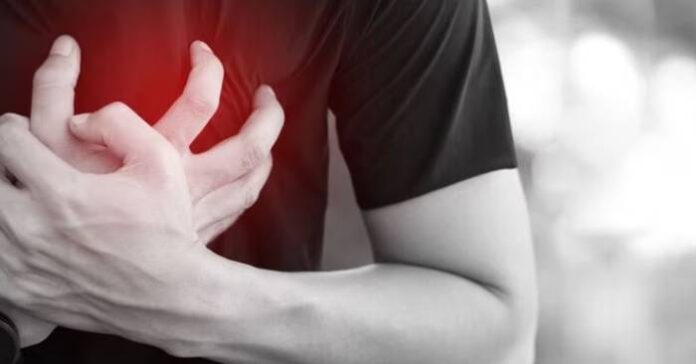A groundbreaking study has revealed that heart muscle can regenerate in certain patients with artificial hearts, providing a promising new avenue for treating heart failure. The international research team, co-led by experts from the University of Arizona College of Medicine-Tucson’s Sarver Heart Center, found that a subset of patients with artificial hearts demonstrated an extraordinary ability to regenerate heart muscle cells. This discovery offers new hope for patients suffering from heart failure, a condition that currently has no cure.
Current Treatment Challenges
Heart failure is a devastating condition with limited treatment options. While medications can help slow its progression, advanced cases often require either a heart transplant or the use of artificial hearts, such as left ventricular assist devices (LVADs). These devices assist the heart in pumping blood effectively but have not previously been linked to muscle regeneration.
Evidence of Heart Muscle Regeneration
Dr. Hesham Sadek, chief of the Division of Cardiology at the University of Arizona College of Medicine, highlighted the significance of the findings:
“Skeletal muscle has a significant ability to regenerate after injury. If you tear a muscle playing soccer, it heals. But when heart muscle is injured, it doesn’t grow back. We have no way to reverse heart muscle loss.”
The research team analyzed tissue samples from patients with artificial hearts, with the help of collaborators at University of Utah Health and School of Medicine, led by Dr. Stavros Drakos. The results were striking: Patients with artificial hearts regenerated heart muscle cells at a rate more than six times higher than that of healthy individuals.
“This is the strongest evidence we have so far that human heart muscle cells can actually regenerate,” said Dr. Sadek. “It solidifies the idea that the human heart has an intrinsic capacity to regenerate.”
Why Is This Important?
The study sheds light on the potential for heart muscle regeneration in patients using artificial hearts. One of the key findings is the role of “rest” in the heart’s regenerative ability. Researchers speculate that the constant workload placed on the heart throughout life might inhibit its ability to regenerate after birth. If scientists can target the molecular pathways responsible for heart muscle cell division, it may be possible to enhance the heart’s regenerative capacity.
The Road Ahead
This research could lead to innovative therapies aimed at repairing damaged heart tissue, offering a potential cure for heart failure in the future. The study marks a significant step forward in the field of cardiology and could revolutionize how heart disease is treated globally.
A Collaborative Effort
The research highlights the importance of interdisciplinary collaboration between institutions like the University of Arizona and the University of Utah. The joint effort opens the door to transformative treatments and gives hope to millions of heart failure patients worldwide.
Published in the journal Circulation, these findings represent a major advancement in our understanding of heart regeneration, with potential to change the lives of heart failure patients.





